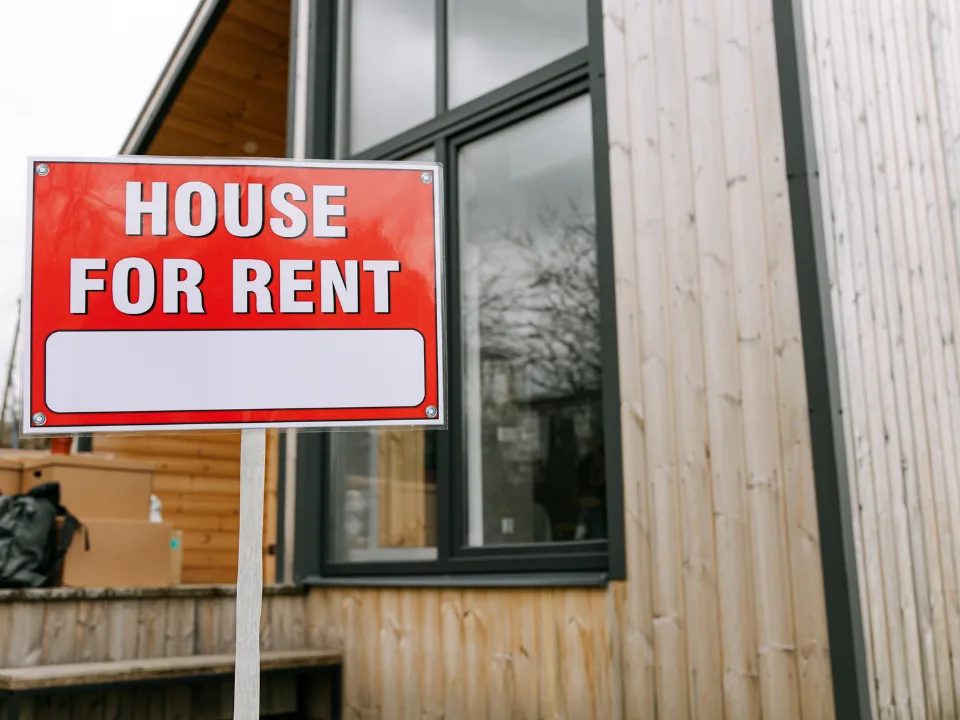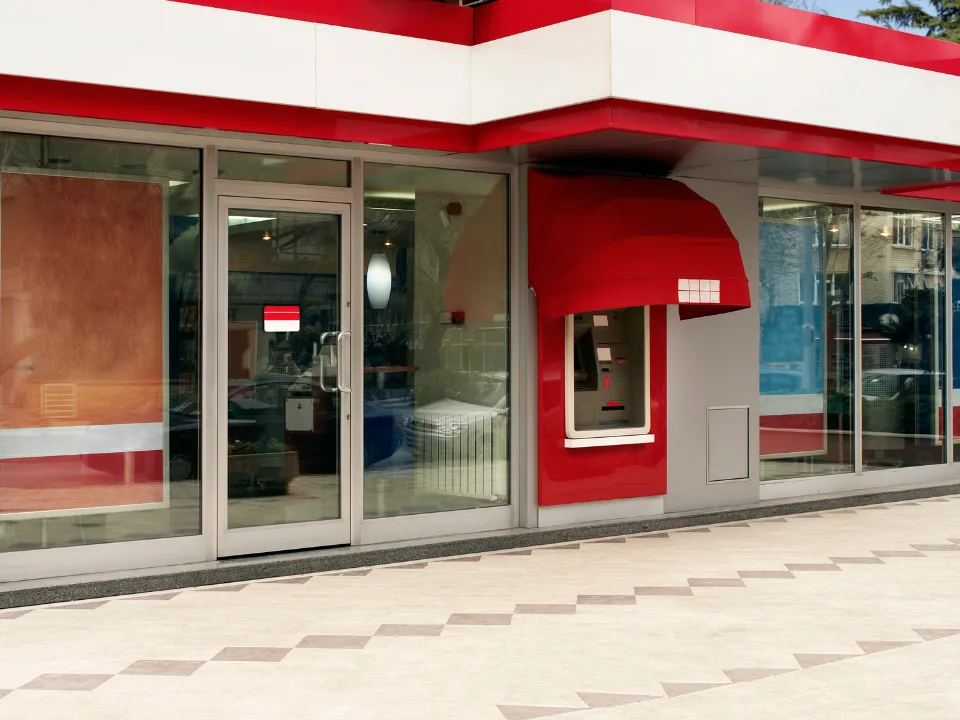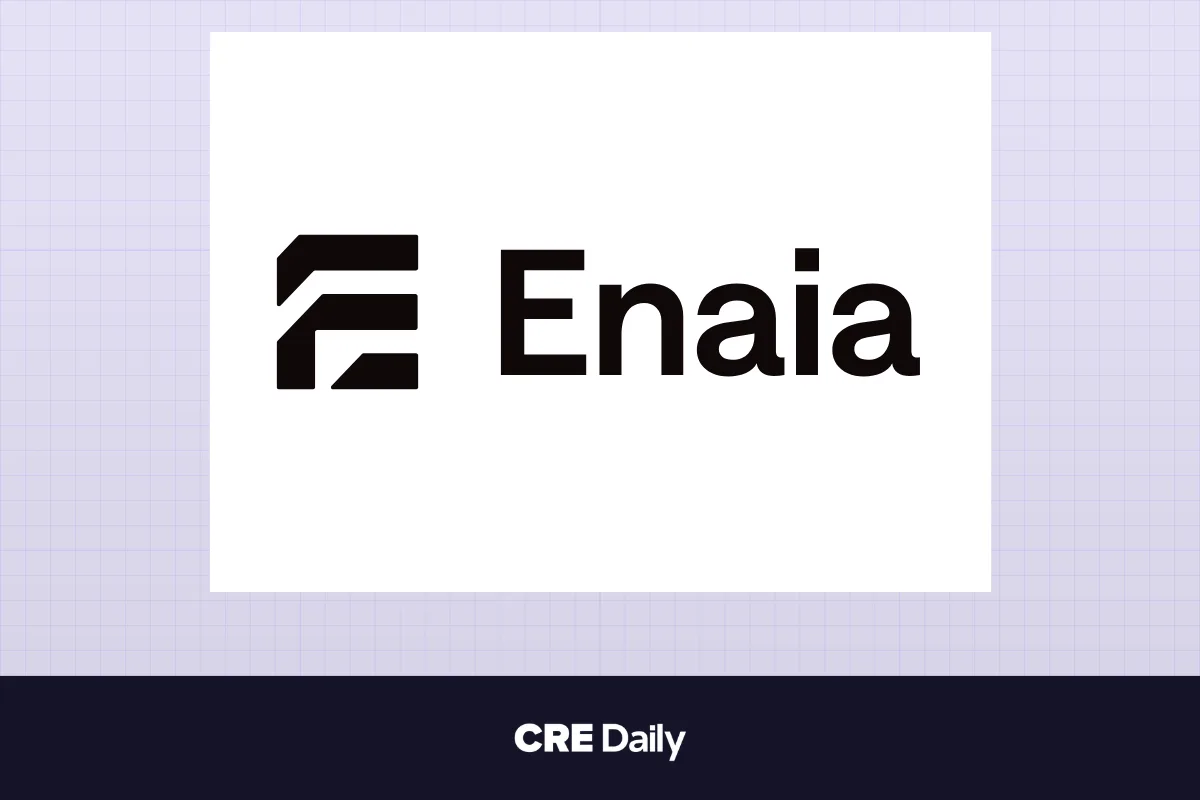:root {–wt-primary-color: #5f22d8;–wt-text-on-primary-color: #FFFFFF;–wt-secondary-color: #F9FAFB;–wt-text-on-secondary-color: #030712;–wt-tertiary-color: #FFFFFF;–wt-text-on-tertiary-color: #222222;–wt-background-color: #FFFFFF;–wt-text-on-background-color: #222222;–wt-subscribe-background-color: #ffffff;–wt-text-on-subscribe-background-color: #222222;–wt-header-font: “Helvetica”, ui-sans-serif, system-ui, -apple-system, BlinkMacSystemFont, “Segoe UI”, Roboto,”Helvetica Neue”, Arial, “Noto Sans”, sans-serif, “Apple Color Emoji”, “Segoe UI Emoji”, “Segoe UI Symbol”, “Noto Color Emoji”;–wt-body-font: “Open Sans”, ui-sans-serif, system-ui, -apple-system, BlinkMacSystemFont, “Segoe UI”, Roboto, “Helvetica Neue”, Arial, “Noto Sans”, sans-serif, “Apple Color Emoji”, “Segoe UI Emoji”, “Segoe UI Symbol”, “Noto Color Emoji”;–wt-button-font: “Open Sans”, ui-sans-serif, system-ui, -apple-system, BlinkMacSystemFont, “Segoe UI”, Roboto, “Helvetica Neue”, Arial, “Noto Sans”, sans-serif, “Apple Color Emoji”, “Segoe UI Emoji”, “Segoe UI Symbol”, “Noto Color Emoji”;–wt-border-radius: 8px}.bg-wt-primary { background-color: var(–wt-primary-color); }.text-wt-primary { color: var(–wt-primary-color); }.border-wt-primary { border-color: var(–wt-primary-color); }.bg-wt-text-on-primary { background-color: var(–wt-text-on-primary-color); }.text-wt-text-on-primary { color: var(–wt-text-on-primary-color); }.border-wt-text-on-primary { border-color: var(–wt-text-on-primary-color); }.bg-wt-secondary { background-color: var(–wt-secondary-color); }.text-wt-secondary { color: var(–wt-secondary-color); }.border-wt-secondary { border-color: var(–wt-secondary-color); }.bg-wt-text-on-secondary { background-color: var(–wt-text-on-secondary-color); }.text-wt-text-on-secondary { color: var(–wt-text-on-secondary-color); }.border-wt-text-on-secondary { border-color: var(–wt-text-on-secondary-color); }.bg-wt-tertiary { background-color: var(–wt-tertiary-color); }.text-wt-tertiary { color: var(–wt-tertiary-color); }.border-wt-tertiary { border-color: var(–wt-tertiary-color); }.bg-wt-text-on-tertiary { background-color: var(–wt-text-on-tertiary-color); }.text-wt-text-on-tertiary { color: var(–wt-text-on-tertiary-color); }.border-wt-text-on-tertiary { border-color: var(–wt-text-on-tertiary-color); }.bg-wt-background { background-color: var(–wt-background-color); }.text-wt-background { color: var(–wt-background-color); }.border-wt-background { border-color: var(–wt-background-color); }.bg-wt-text-on-background { background-color: var(–wt-text-on-background-color); }.text-wt-text-on-background { color: var(–wt-text-on-background-color); }.border-wt-text-on-background { border-color: var(–wt-text-on-background-color); }.bg-wt-subscribe-background { background-color: var(–wt-subscribe-background-color); }.text-wt-subscribe-background { color: var(–wt-subscribe-background-color); }.border-wt-subscribe-background { border-color: var(–wt-subscribe-background-color); }.bg-wt-text-on-subscribe-background { background-color: var(–wt-text-on-subscribe-background-color); }.text-wt-text-on-subscribe-background { color: var(–wt-text-on-subscribe-background-color); }.border-wt-text-on-subscribe-background { border-color: var(–wt-text-on-subscribe-background-color); }.rounded-wt { border-radius: var(–wt-border-radius); }.wt-header-font { font-family: var(–wt-header-font); }.wt-body-font { font-family: var(–wt-body-font); }.wt-button-font { font-family: var(–wt-button-font); }input:focus { –tw-ring-color: transparent !important; }li a { word-break: break-word; }@media only screen and (max-width:667px) {.mob-stack {display: block !important;width: 100% !important;}.mob-w-full {width: 100% !important;}}@font-face {font-family: ‘Open Sans’;font-style: normal;font-weight: 400;src: url(‘https://fonts.gstatic.com/s/opensans/v28/memvYaGs126MiZpBA-UvWbX2vVnXBbObj2OVTS-mu0SC55I.woff2’) format(‘woff2’);}@font-face {font-family: ‘Open Sans’;font-style: normal;font-weight: 700;src: url(‘https://fonts.gstatic.com/s/opensans/v28/memvYaGs126MiZpBA-UvWbX2vVnXBbObj2OVTS-mu0SC55I.woff2’) format(‘woff2’);}@font-face {font-family: ‘Open Sans’;font-style: italic;font-weight: 400;src: url(‘https://fonts.gstatic.com/s/opensans/v28/memtYaGs126MiZpBA-UFUIcVXSCEkx2cmqvXlWqWuU6FxZCJgg.woff2’) format(‘woff2’);}@font-face {font-family: ‘Open Sans’;font-style: italic;font-weight: 700;src: url(‘https://fonts.gstatic.com/s/opensans/v28/memtYaGs126MiZpBA-UFUIcVXSCEkx2cmqvXlWqWuU6FxZCJgg.woff2’) format(‘woff2′);}.table-base, .table-c, .table-h { border: 1px solid #C0C0C0; }.table-c { padding:5px; background-color:#FFFFFF; }.table-c p { color: #2D2D2D; font-family:’Helvetica’,Arial,sans-serif !important; overflow-wrap: break-word; }.table-h { padding:5px; background-color:#F1F1F1; }.table-h p { color: #2A2A2A; font-family:’Trebuchet MS’,’Lucida Grande’,Tahoma,sans-serif !important; overflow-wrap: break-word; }
Together with
p span[style*=”font-size”] { line-height: 1.6; }
Good morning. Institutional investors await CRE price drop to capitalize on tightening lending environment. Multifamily rental market in LA is struggling due to larger economic reset, Fed policies, and high inflation.
p span[style*=”font-size”] { line-height: 1.6; }
Meanwhile, Vornado Realty Trust suspends its dividend, causing a 12% stock price drop, but some investors see cheap long-term returns.
p span[style*=”font-size”] { line-height: 1.6; }
Today’s edition is powered by PMAT Companies, a developer of value-add shopping centers specializing in select open-air retail properties.
Market Snapshot
|
|
||||
|
|
*Data as of 5/1/2023 market close.
p span[style*=”font-size”] { line-height: 1.6; }
👋 First time reading? Sign up here.
MAKE ME A BETTER OFFER
Institutional Investors Waiting For Prices to Fall, Market to Reset

p span[style*=”font-size”] { line-height: 1.6; }
Institutional investors are cautiously holding off on CRE investments for now. Instead, they’re waiting for the market to give opportunities for better yields.
p span[style*=”font-size”] { line-height: 1.6; }
Thanks but no thanks: In 1Q23, there was a 51.7% decline in the number of institutional buyers of private equity real estate, compared to the same period last year, according to Preqin research. And back in 3Q22, a WMRE research report revealed that 66% of investors couldn’t find deals they liked. But more recently, institutional investors believe the tightening lending environment could create distress they can exploit.
p span[style*=”font-size”] { line-height: 1.6; }
Niche real estate finds: The biggest Q1 deals were one-offs, like Rexford Industrial REIT’s (REXR) 1.1 MSF acquisition of an industrial facility in Fontana, CA. But hesitant to over-allocate to core and core-plus properties, most investors seek value-add and opportunistic high-risk/higher-return strategies focusing on more niche real estate sectors. According to recent Deloitte research, there’s an increasing level of credit interest and, in particular, distressed credit.
p span[style*=”font-size”] { line-height: 1.6; }
Scary, but still attractive: Despite potential problem areas that CRE started exhibiting in 2022, institutions raised their CRE allocations by an average of 150 bps to 9.3% while maintaining or increasing their overall real estate allocation targets. CalSTRS noted during their March board meeting that they expect returns to moderate over the next two quarters, while Oregon Public Employees’ Retirement Fund (PERF) plans to invest $1.5–$2B in real estate this year, mostly in multifamily and industrial.
➥ THE TAKEAWAY
p span[style*=”font-size”] { line-height: 1.6; }
Ready, set, reset: Cautious institutional investors may not have too much to be excited about right now, especially with the recent collapse of First Republic Bank on Monday. But despite economic volatility, industry analysts expect that many CRE investors will start ramping up deals in 2H23 or 2024 once assets are re-priced. This shouldn’t be a big surprise—core real estate investments delivered 7.5% returns last year, compared to a 19.2% loss for US equities.
p span[style*=”font-size”] { line-height: 1.6; }
⏩ Share this article by clicking here.
SPONSORED BY PMAT
1.000 Closing Batting Average – Sell Your Property Today!
p span[style*=”font-size”] { line-height: 1.6; }
PMAT Real Estate Investments is celebrating its 20th year! In over two decades of operating, PMAT has maintained a perfect 1.000 batting average – closing on time and on price and all acquisitions across all market cycles.
p span[style*=”font-size”] { line-height: 1.6; }
Since inception in 2003, PMAT has transacted on approximately 11,300,000 sq. ft. of grocery, off price, discount, necessity, and fitness anchored shopping centers across the Southeast, Sunbelt, Carolinas, Midwest and Mid-Atlantic representing over $1,300,000,000 of transaction value.
p span[style*=”font-size”] { line-height: 1.6; }
The PMAT platform acquires Value-Add Select Open Air Retail (SOAR) Value-Add deals with the following criteria:
-
$10M to +$50M deal size
-
+9%+ Cap Rates unless credit grocer or high-growth area
-
Suburban secondary/tertiary markets typically with:
-
100K+ 5-mile density
-
Above average household incomes (+$60K)
-
Consistent demographics
-
-
Anchored by well-respected and corporately sound grocery, off-price, discount, necessity, and fitness tenants
-
Must have profitable tenant sales/health ratios
-
Must have reasonable and replaceable rents
-
Mid-80% leased or less and/or additional opportunities to create value in the near term
p span[style*=”font-size”] { line-height: 1.6; }
To discuss your deal, send an email to [email protected] if you have any off-market properties that meet PMAT’s criteria.
LACKLUSTER
Inflation & New Tax Hamper LA Multifamily Rental Market
p span[style*=”font-size”] { line-height: 1.6; }
Los Angeles County’s multifamily market, which houses 3.3M people, faces a difficult transition amidst the larger economic reset, high inflation, and rising borrowing costs. We’ll take a closer look at how these factors are impacting the demand for multifamily housing and the financing options accessible to property investors and developers.
p span[style*=”font-size”] { line-height: 1.6; }
The devil in the details: Q1 showed a sharp decline of almost 11% in the number of sold units in LA compared to the same quarter in 2022. This decline was accompanied by an 18.4% reduction in the average sales price per unit. These figures come from activity that closed before Measure ULA took effect, which adds a 4% transfer tax on CRE deals over $5M and a 5.5% tax on deals over $10M, making the situation tougher for potential buyers and sellers.
p span[style*=”font-size”] { line-height: 1.6; }
Rental vacancies: As pandemic eviction protections were lifted, the vacancy rate rose 4.2%, up 20 bps quarter over quarter and 70 bps higher than last year. Average rents in LA rose to a record $2,156 per unit, up 1.9% YoY, mainly driven by newly constructed units.
p span[style*=”font-size”] { line-height: 1.6; }
Geographical transitions: LA’s San Fernando and Santa Clarita Valley recorded a 35.9% YoY drop in the average sale price per unit sold, and the number of vacant units went up 22%. In contrast, the east side of LA-San Gabriel Valley experienced the largest rise in vacant units, up 32.2%, while the average sale price per unit sold dropped 20.3% YoY. Meanwhile, the average price per unit sold in L.A.’s Westside fell 9.5%, and the number of vacant units rose 10.7%.
➥ THE TAKEAWAY
p span[style*=”font-size”] { line-height: 1.6; }
Turbulent time: The demand for multifamily housing in LA has been affected by various factors, such as the current economic conditions, high inflation, and the implementation of the new Measure ULA transfer taxes. Additionally, the previously tight rental market has recently loosened up, resulting in an increase in vacancies. However, the rise in vacant units has been more significant in East LA, indicating that the challenges in the multifamily sector are not evenly distributed across the region, but are being felt by everyone.
p span[style*=”font-size”] { line-height: 1.6; }
⏩ Share this article by clicking here.
🌐 Around the Web
p span[style*=”font-size”] { line-height: 1.6; }
📖 Read about opportunities in the single-family space as rising rates and high prices make rentals more attractive than owning, boosting demand for detached, suburban homes, according to a report by CREXi.
p span[style*=”font-size”] { line-height: 1.6; }
🖥️ Watch Commercial Observer’s finance editor Cathy Cunningham speak with Diane King Hall of Yahoo Finance about the impact of the pandemic on real estate, CRE trends, and what may be on the horizon.
p span[style*=”font-size”] { line-height: 1.6; }
🎧 Listen to Moses Kagan & Rhett Bennett, the co-founders of ReSeed Partners, talk about building what they call the ‘Y-Combinator’ for real estate operators on this episode of Fort with Chris Powers.
p span[style*=”font-size”] { line-height: 1.6; }
📝 Download this research report from Transwestern on the 2023 U.S. multifamily market outlook, and discover which markets have recently experienced rent declines.
NO DIVIDEND
Vornado Won’t Pay 2023 Dividend, But Some Investors Love It
p span[style*=”font-size”] { line-height: 1.6; }
Vornado Realty Trust’s (VNO) decision to suspend its dividend (previously a 10.2% yield) through the end of the year caused its stock price to drop 12%, but not for long. What caused the stock price to drop more than the lost yield, and what led to its near-full recovery?
p span[style*=”font-size”] { line-height: 1.6; }
Tale of two tolerances: The reason for this lies in the notable disparity between the two main investor groups in exchange-traded REITs. One group is income-focused and seeks stable properties that generate reliable income, while the other group, total-return-focused, is motivated by both income and appreciation. The critical difference between these two groups is that while a dividend cut or suspension (as Vornado did) is always harmful to income-focused investors, for total-return-focused investors, it depends on whether it’s crucial to protect long-term total returns.
p span[style*=”font-size”] { line-height: 1.6; }
Past is precedent: During the 2008 Great Financial Crisis, many REITs either reduced or suspended their dividends. Interestingly, a post-mortem study titled “REIT Dividend Policies and Dividend Announcement Effects During the 2008-2009 Liquidity Crisis” revealed that stock price appreciation was better for REITs that reduced their dividends and worse for REITs that failed to do so. While income-focused investors may have been upset at the dividend suspension, perhaps they had nothing to worry about.
p span[style*=”font-size”] { line-height: 1.6; }
Shifting hot spots: The Vornado dividend suspension also signals that investing in laggard sectors such as office space and flagging cities like New York is a riskier investment (at least in the short-term) than buying CRE properties in dynamic, up-and-coming sectors and cities, which have proven to produce higher total returns since the pandemic, and perhaps for the foreseeable future.
➥ THE TAKEAWAY
p span[style*=”font-size”] { line-height: 1.6; }
Spending money smartly: Given the study’s results, it’s not surprising that Vornado’s stock bounced back quickly after a minor selloff. The dividend suspension is good news in the long term because it tells total-return-focused investors that the company’s leadership understands how important it is to protect and preserve cash to protect long-term total returns.
p span[style*=”font-size”] { line-height: 1.6; }
⏩ Share this article by clicking here.
📰 Daily Picks
-
A familiar story: For the sixth straight month, Blackstone’s BREIT limited redemptions after investors requested $4.5B in April. BREIT only returned $1.3B, or 29% of the amount requested.
-
Grim milestones: US apartment rents rose 1.7% in April, below the 2018-2019 average of 2.8%. This marks the smallest increase since March 2021.
-
Another one bites the dust: The collapse of First Republic Bank marks the second-largest bank failure in US history. Experts speculate that this may indicate potential challenges brewing in the real estate market.
-
The Tequila whisperer: Jason Hernandez, head of Nuveen’s US debt business, discusses how his career evolved from starting out in the financial management program of GE.
-
Ripe for residential: Avison Young’s study suggests that in 14 major North American markets, as many as one-third of office buildings could be considered for conversion to residential use.
-
Pretty penny: The Teacher Retirement System of Texas, the state’s largest pension with $173B in AUM, may invest $1.5B in warehouses owned by Bridge Industrial.
-
Overleveraged Kings: Brooklyn investor Zalmen Wagschal files for bankruptcy protection on walk-ups in Brooklyn after defaulting on at least $30M in debt tied to 14 properties in 11 foreclosures since 2020.
-
How do you turn this on? Commercial property assessed clean energy (C-PACE) financing, considered a more cost-effective and safer alternative to bridge loans, is finally getting the attention it deserves.
-
The Great Cloud Race: Amazon (AMZN), Google (GOOGL), and Microsoft (MSFT) are ramping up spending on data centers to support their AI offerings and provide specialized AI cloud offerings.
-
Victory for public safety: New York’s $229B budget deal lacks plans to fix its affordable housing issue, despite Governor Hochul’s earlier promise to create 800,000 new homes.
-
Kushner comeback: Kushner Companies entered a JV with Faith Group and Immocorp Capital for a 325-unit mixed-use development with 20–25 KSF retail space in Wynwood.
-
Follow the lawyers: Landlord M. Burton Marshall of upstate New York owes around $92.7M to creditors, according to bankruptcy filings. $90.5M is unsecured debt owed to nearly 1,000 people who loaned him money in exchange for an 8% annual return.
-
The last hike? Industry experts predict there will be a 25 bp increase in interest rates at the Fed’s Open Markets Committee on May 2–3. However, what will happen next remains unclear.
-
Short interest: Short sellers are increasingly targeting mortgage REITs with office property holdings, such as Blackstone Mortgage Trust (BXMT) and Starwood Property Trust (STWD), with short interest surging from 5–14% as office property delinquencies rise to 2.7%.
-
Do it yourself: After failing to receive compelling offers, TJM Properties, owner of the Radisson Philadelphia Northeast hotel, has decided to renovate guest rooms and add cosmetic updates to its public spaces instead.
-
A lot of agony: Charlie Munger, the 99-year-old vice chairman of Berkshire Hathaway, warns of a troubled CRE market with bad loans and falling property values. He cautions that banks are struggling and bad habits can lead to losses in bad times.
-
Looking to buy: CBRE plans to invest $5.5B in M&A this year but will still spend at least $2B on deals, executives said in a 1Q23 earnings call. CEO Bob Sulentic said it was “an attractive time to deploy capital.”
📈 Chart of the Day
p span[style*=”font-size”] { line-height: 1.6; }
On Monday, government regulators took control of and sold First Republic Bank, which marks the third bank failure of the year after Silicon Valley Bank and Signature Bank collapsed in March.
p span[style*=”font-size”] { line-height: 1.6; }
Together, the three banks had $532 billion in assets, exceeding the $526 billion held by the 25 banks that failed in 2008 during the global financial crisis. This year’s bank failures have raised concerns of potential challenges in the banking system.
p span[style*=”font-size”] { line-height: 1.6; }
From 2008 to 2015, more than 500 federally insured banks failed.
What did you think of today’s newsletter? |




















